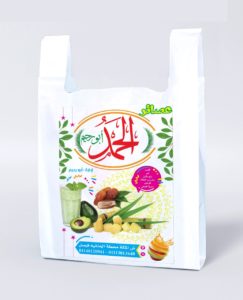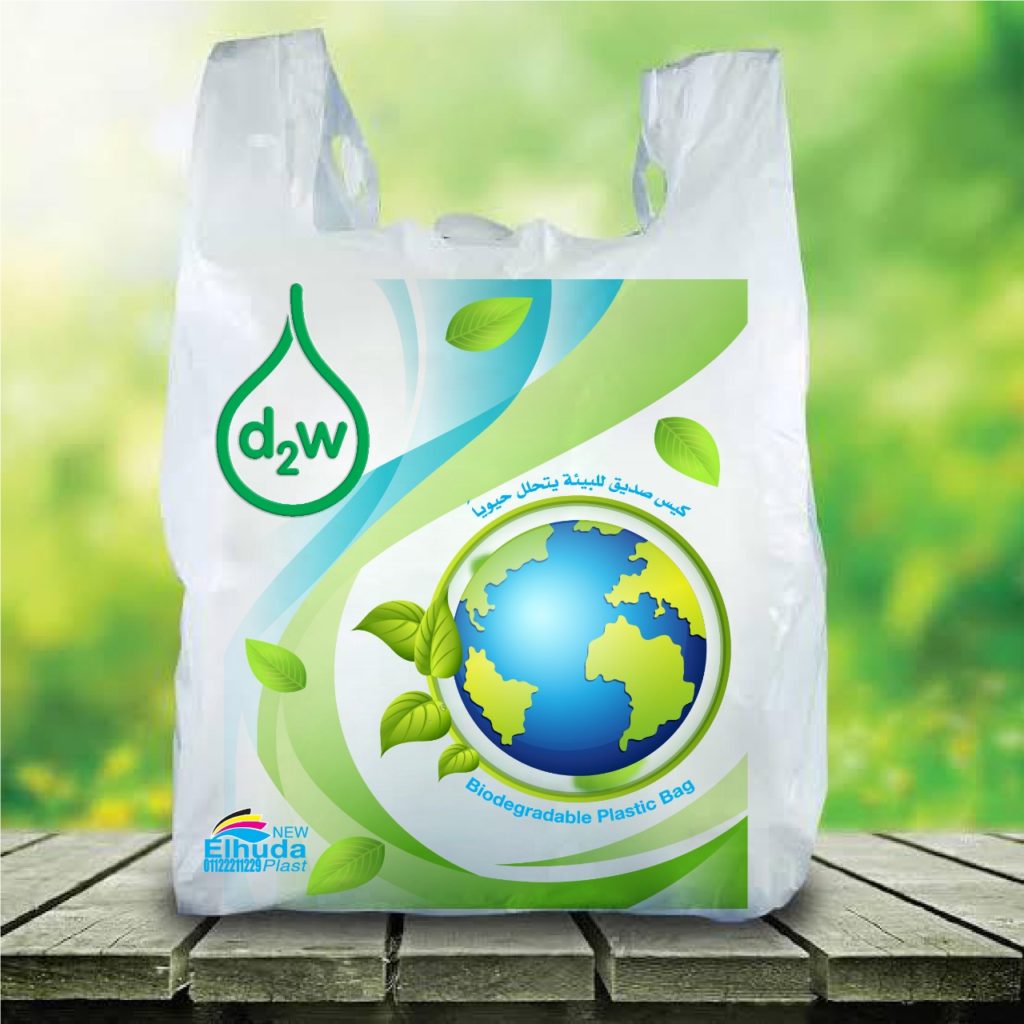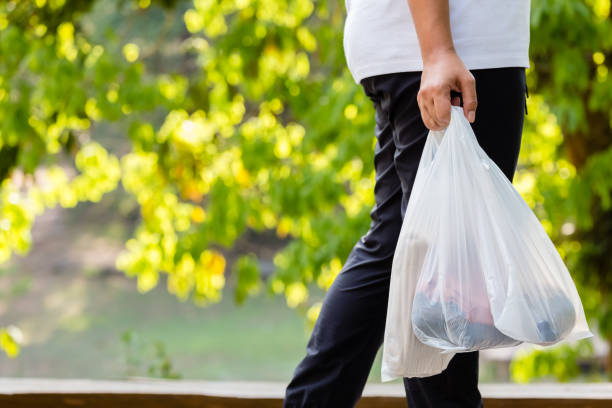Shopping bags are more than just practical items that we use to carry our purchases. They are also expressions of our culture, our values, and our identity. Different countries and regions have different preferences, traditions, and regulations regarding shopping bags. In this article, we will explore some of the most interesting and diverse examples of shopping bags around the world and how they reflect the local culture.

A plastic bag, poly bag, or pouch is a type of container made of thin, flexible, plastic film, nonwoven fabric, or plastic textile. Plastic bags are used for containing and transporting goods such as foods, produce, powders, ice, magazines , chemicals, and waste. It is a common form of packaging
Several design options and features are available. Some bags have gussets to allow a higher volume of contents, special stand-up pouches have the ability to stand up on a shelf or a refrigerator, and some have easy-opening or reclosable options. Handles are cut into or added into some
Bags can be made with a variety of plastics films. Polyethylene (LDPE, LLDPE, etc.) is the most common. Other forms, including laminates and co-extrusions can be used when the physical properties are needed. Plastics to create single use bags are primarily made with Fossil fuels.
Plastic bags usually use less material than comparable to boxes, cartons, or jars, thus are often considered as “reduced or minimized packaging”.[2] In June 2009 Germany’s Institute for Energy and Environmental Research concluded that oil-based plastics, especially if recycled, have a better life-cycle analysis than compostable plastics. They added that “The current bags made from bioplastics have less favorable environmental impact profiles than the oth
Depending on the construction, plastic bags can be suited for plastic recycling. They can be incinerated in appropriate facilities for waste-to-energy conversion. They are stable and benign in sanitary landfills.[3] If disposed of improperly, however, plastic bags can create unsightly litter and harm some types of wildlife.[4][5] Plastic bags have low recycling rates due to lack of separation ability. Mixed material recycling causes contamination of the material. However, plastic bags are reused before discard at a rate of 1.6 time
Bags come with various features such as carrying handles, hanging holes, tape attachments, and security features. Some bags are designed for easy opening and have reclosable press-to-seal zipper strips. This feature is commonly found in empty kitchen bags and some food packaging. Some bags are sealed for tamper-evident capability, including some where the press-to-reseal feature becomes accessible only when a perforated outer seal has torn away.
Boil-in-bags are often used for sealed frozen foods, sometimes complete entrees. The bags are usually tough heat-sealed nylon or polyester to withstand the temperatures of boiling water. Some bags are porous or perforated to allow the hot water to contact the food: rice, noodles, etc. Grocery stores are the single largest supplier of single-use plastic bags.
Plastic bags are used for many medical purposes. The non-porous quality of plastic film means that they are useful for isolating infectious body fluids; other porous bags made of nonwoven plastics can be sterilized by gas and maintain this sterility. Bags can be made under regulated sterile manufacturing conditions, so they can be used when the infection is a health risk. They are lightweight and flexible, so they can be carried by or laid next to patients without making the patient as uncomfortable as a heavy glass bottle would be. They are less expensive than re-usable options, such as glass bottles. Moderate quality evidence from a 2018 systematic review showed that plastic wraps or bags prevented hypothermia compared to routine care, especially in extremely preterm infants
Biodegradable polythene film

Polyethylene or polythene film biodegrades naturally, albeit over a long period of time. Methods are available to make it more degradable under certain conditions of sunlight, moisture, oxygen, and composting and enhancement of biodegradation by reducing the hydrophobic polymer and increasing hydrophilic properties
If traditional polyethylene film is littered it can be unsightly, and a hazard to wildlife. Some people believe that making plastic shopping bags biodegradable is one way to try to allow the open litter to degrade.
Plastic recycling improves usage of resources. Biodegradable films need to be kept away from the usual recycling stream to prevent contaminating the polymers to be recycled.
If disposed of in a sanitary landfill, most traditional plastics do not readily decompose. The sterile conditions of a sealed landfill also deter degradation of biodegradable polymers.

